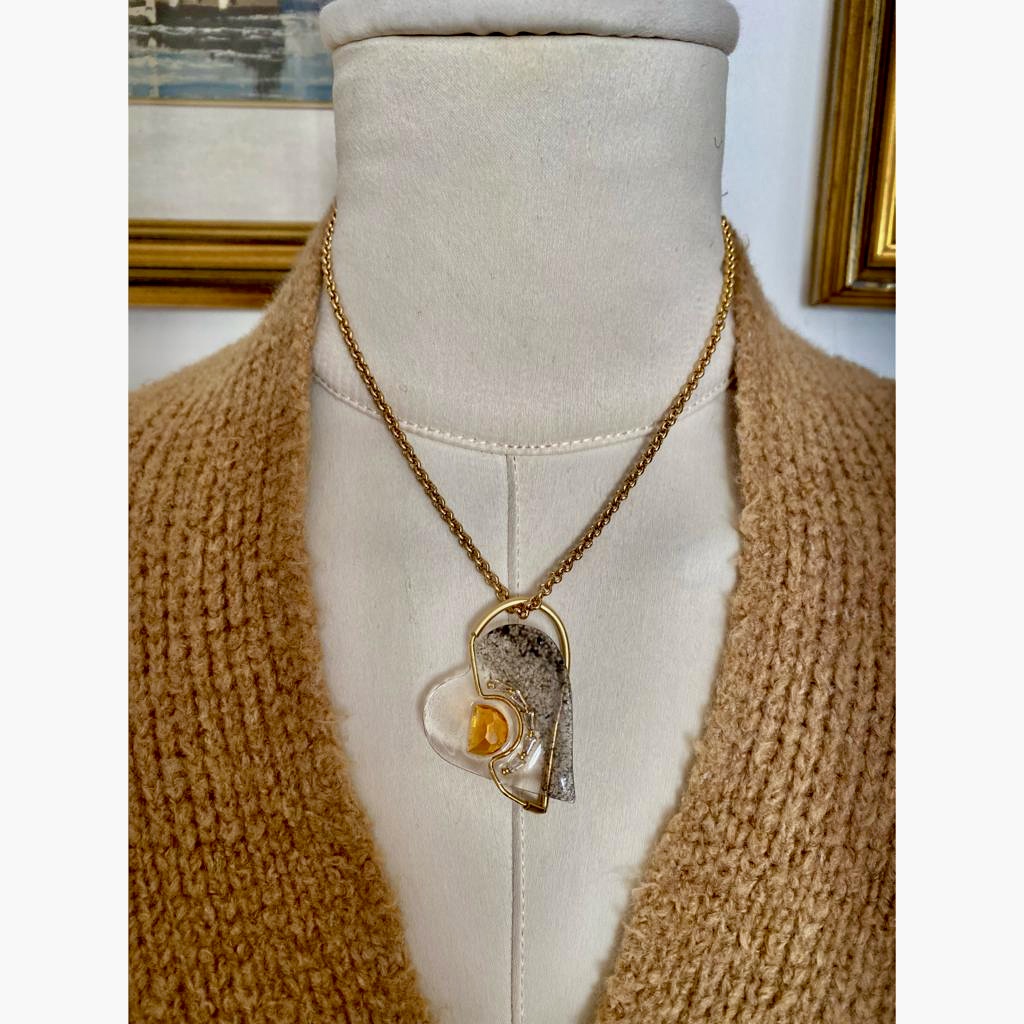A Shift Towards De-influencing Fashion
Men’s Milano Fashion Week: A New Direction?
In a notable turn of events, Men’s Milano Fashion Week has revealed a shift towards de-influencing fashion.
During the three-day event, we noticed a decrease in the prominence of social media influencers. This shift appeared to be an attempt to redefine the role of fashion influencers, suggesting a potential change in the industry’s dynamics.
Yet the “pandoro gate,” which involved Chiara Ferragni (read more here), appears to have prompted a reconsideration of brand strategies. So far, whether brands liked influencers or not, they felt compelled to invite them. Now, something has changed.
Distinguishing two influencer categories
Examining the influencer landscape reveals two categories:
1- traditional celebrities who attain fame through acting, music, or wealth (they are just rich, so they automatically ascend to that state).
2- social media celebrities who build their public personas through continuous self-representation. They employ tactics to grow their audience, such as the unnerving follow/unfollow, bots or purchasing followers (even fake accounts).
Historically, the fashion industry maintained ties with conventional celebrities, although navigating their involvement with different rules. However, brands seeking cost-effective alternatives to traditional endorsements contributed to the rise of influencers – social media celebrities. Most importantly, this phenomenon transformed fashion into a carnival show and, in some instances, portrayed it as a vocation for those without substantial merit.
A shift in focus at Men’s Milano Fashion Week
The recent Men’s Milano Fashion Week has showcased a departure from the influencer-dominated scene. Shows like Prada and Dolce & Gabbana shifted the spotlight to traditional celebrities – actors, musicians, and rich kids – sidelining the ubiquitous Instagram influencers. No Instagram fluff!
While the “pandoro gate” may have played a role in brands reassessing their associations, it is evident that the symbiotic relationship with social media influencers is undergoing scrutiny. Brands, once content to profit alongside the “insta-fluff” phenomenon, now appear more discerning.
We have always been curious about why people buy products based on influencer recommendations, knowing they get paid to promote these products. Essentially, people contribute to fund their luxurious lifestyles by purchasing sponsored products. Just why? Aren’t they capable of independent thinking?
De-influencing fashion: the impact on audience dynamics
The strategic decision to feature traditional celebrities over showy influencers at Men’s Milano Fashion Week revealed a perceptible transformation in the event’s ambience. The shift towards established figures lent an air of sophistication to the audience, aiming to elevate the overall atmosphere. Also, it paved the way for a revitalised focus on the garments themselves.
With the spotlight redirected from ostentatious personalities to the garments, the runway presentations assumed a more cultured and nuanced tone.
A deliberate departure from the influencer-centric narrative would contribute to reviving an appreciation for the sartorial value and creativity that often take a backseat amid the fluff of social media-driven communication.
But is this shift towards de-influencing fashion a calculated, long-term strategy or a momentary pivot? Will it extend to Women’s Fashion Week?
A Shift Towards De-influencing Fashion Read More »
